Exploring New York’s Industrial Past in "Cathedrals of Industry"
Join photographer Michael L. Horowitz for a journey through 50 years of photographs!


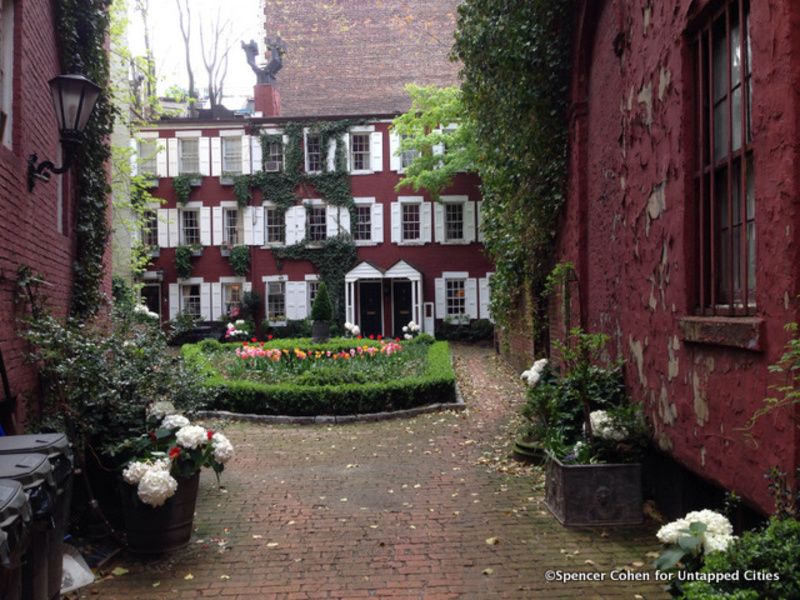 Grove Court in Greenwich Village
Grove Court in Greenwich Village
Greenwich Village is one of New York City’s most beloved neighborhoods, renown for its Bohemian history and its stately charm today. With its winding streets and hidden alleys, you can still find many secrets despite how expensive and chic the neighborhood has become.
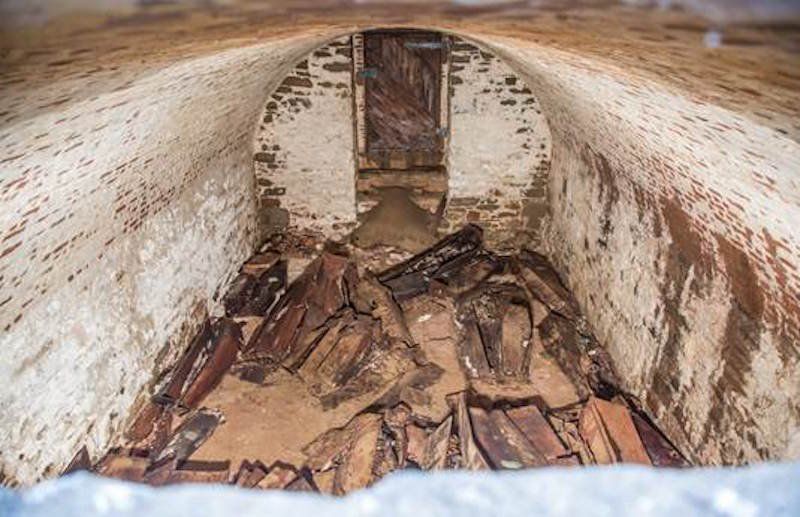
Photo by Chrysalis Architecture
Before it was an unofficial hangout for NYU Students, Washington Square Park was a cemetery beginning in the late 18th century. In 1797, the Common Council acquired the land and used it as a potter’s field and place for public executions. There were a number of church cemeteries on the land, with the largest belonging to The Scottish Presbyterian Church. There are believed to be over 20,000 people still buried underneath the park, and a purported 125,000 people buried in the land’s history. In 2015, additional vaults with human remains and vaults were discovered, likely connected to the Cedar Street Presbyterian Church.
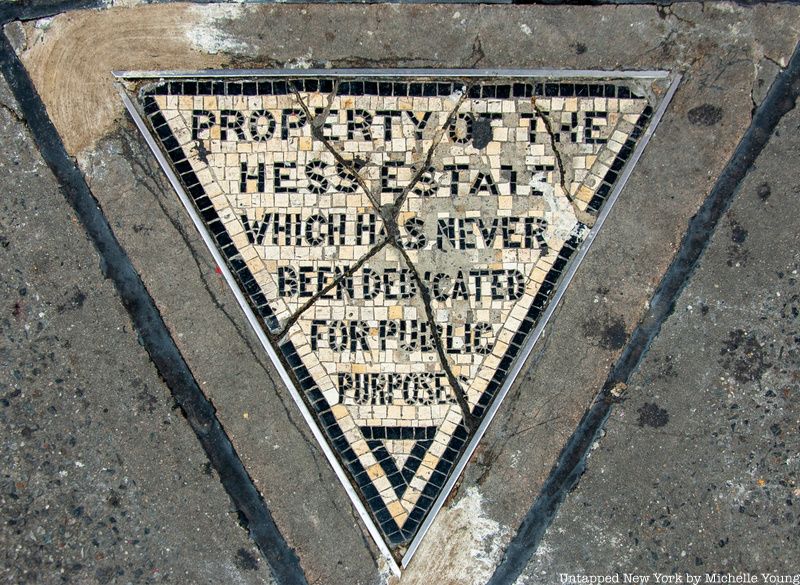
On the corner of Christopher Street and 7th Avenue is a triangular mosaic tile that reads,”Property of the Hess Estate Which Has Never Been Dedicated for Public Purposes.” Measuring in at 500 square inches, the Hess Triangle was the smallest plot of land in New York City. The land belonged to David Hess, a Philadelphia landlord who owned a five-story apartment building called the Voorhis. Hess building. In the expansion of the IRT subway line and the extension of 7th Avenue, the Hess Building was one of 300 demolished through eminent domain.
For some reason, this little triangular plot belonging to David Hess remained in his possession, left over from the plot his apartment building once sat. The city asked him to “donate” the plot of the land for the sidewalk but he refused, taking the issue to court. It remained the smallest piece of private property until 1938, when the David Hess estate sold it to Village Cigars for $1,000.
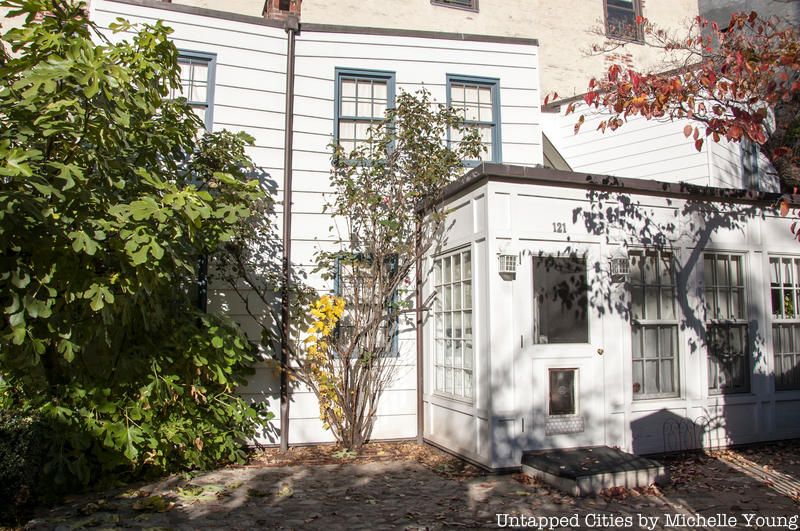
Walking through Greenwich Village, you might mistakenly think this adorable clapboard farmhouse at 121 Charles Street is simply a remnant of a more bucolic era in the Village. But it actually came from the Upper East Side, on 71st Street and York Avenue! In 1967, the house was moved five miles to this once-vacant lot on Charles Street. The owners, the Bernhards, were saving it from demolition by the Roman Catholic Archdiocese of New York, who owned the land the house was on. Here’s a fun map and photo tracing the move.
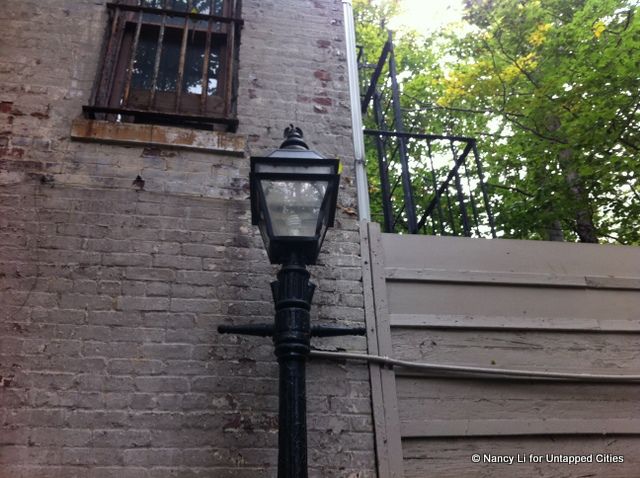
Before electric lights became the standard in the 20th Century, gaslights existed in homes and streets all over New York City. One of the last gaslight lamp posts from the 19th Century is on Patchin Place, a small gated community between Greenwich Avenue and Avenue of the Americas in the West Village. The black lamp post remains virtually intact and features a crossbar which was used to prop up a ladder. The lamp post is still in use and has been powered by electricity since the 1920s, though the lamp itself is not the original. Another gaslight lamp post from the 19th century stands on Broadway and West 211th Street, though it was built in a different style than its Greenwich Village iteration.
Check out other historic lampposts in NYC.
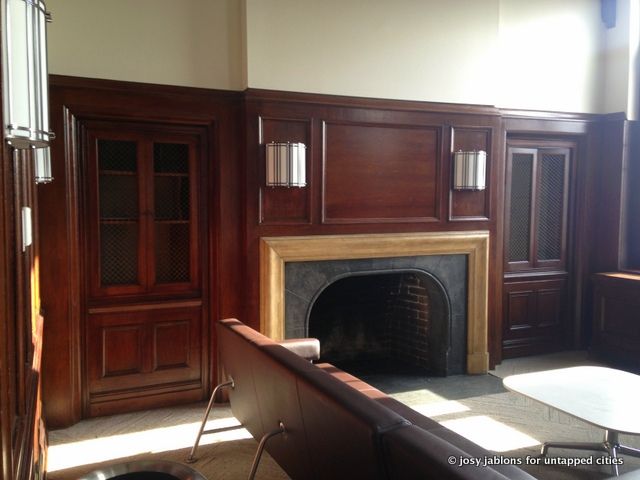
In 1929, during Prohibition, there was a luxury hotel called the Brittany Hotel that hosted a speakeasy in the penthouse. Though NYU’s Brittany Hall, as it is now known, has since been renovated, there are still signs of the bygone era in the building, like false walls that can be seen behind empty bookshelves. The building is also reportedly haunted by the ghost of a young girl named Molly, who fell down the elevator shaft during the building’s construction.
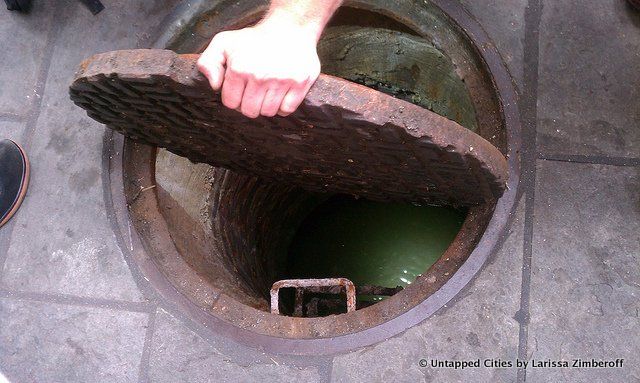
The Minetta Brook once ran at ground level in Greenwich Village, going through the western section of Washington Square Park out to the Hudson River at what is now Charlton Street. In the name of progress, many creeks, streams and rivers in New York City were buried and now run far below the ground. But open up some of the manholes in Greenwich Village and you’ll see the greenish brook still coursing through.
One of our favorite New York City quirks are the adorable cottages and detached houses people like to build atop New York City apartment buildings. This one on Greenwich Street even has a grassy meadow. As The New York Times reported in 2006, owner David Puchkoff was inspired by a visit to Elk, Pennsylvania and just wanted a porch.
As the Times describes, “The porch is basically a glorified bulkhead over a hole punched in the ceiling of the family’s loft to make way for a nautical stairway that rises to a landing with a galley-like kitchenette, with two paned windows and a door that opens to the roof.” Puchkoff is the developer of the entire apartment building, formerly a basket warehouse, and did much of the work himself.
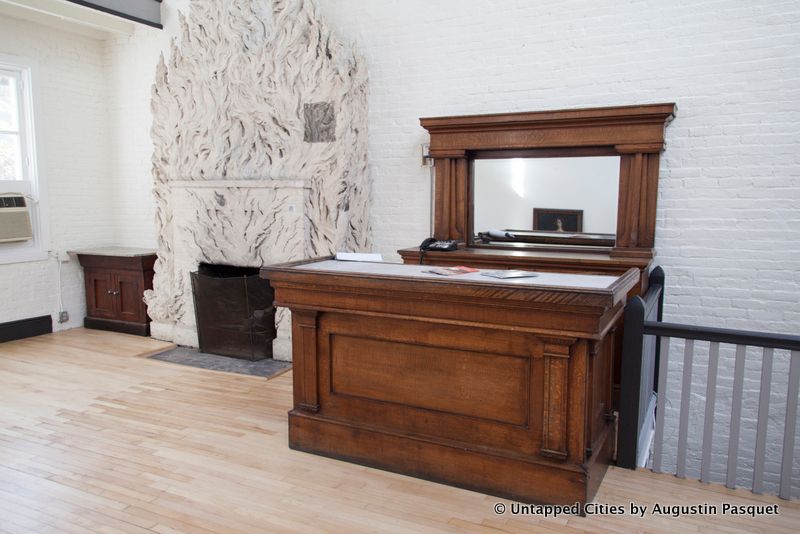
In 2016, the historic Gertrude Vanderbilt Whitney Studio opened its doors to public display for the first time in its history. This was the first location of the Whitney Museum and the 45 minute tour covers how the art collection started and Vanderbilt Whitney’s role was in the contemporary American art movement. Untapped Cities will be coordinating a tour of the space as well, sign up here.
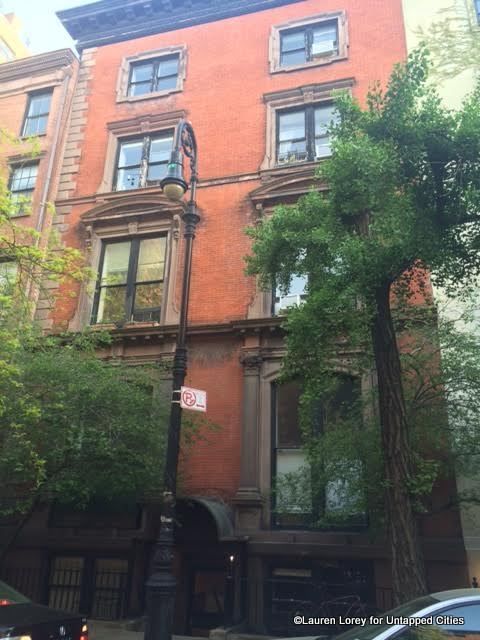
The townhouse at 14 West 10th Street, nicknamed the “House of Death,” is said to be haunted 22 ghosts, the most famous of which is Mark Twain, who resided there from 1900-1901. Over the years, different residents have claimed to have sightings and heard the ghost of Mark Twain speak. A book about the paranormal activity in the building was written by one of its residents, actress Jan Bryant Bartell who lived in the top floor.
The brownstone was home to a real life demon—Joel Steinberg. A former New York criminal defense attorney, Steinberg was charged with first-degree manslaughter for beating his 6-year old, illegally adopted “daughter” to death on the second floor.
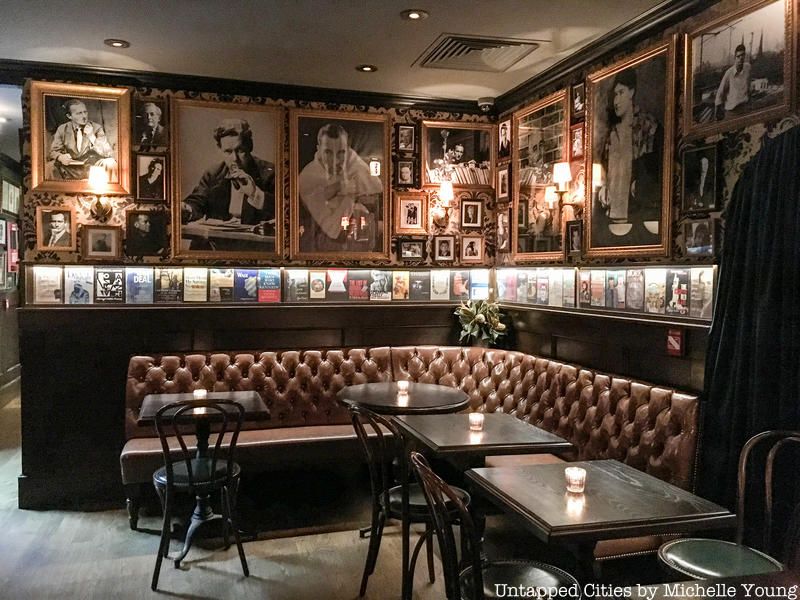
New Yorkers and most Greenwich Village residents have been anxiously awaiting the return of Chumley’s at 86 Bedford Street. The property on which Chumley’s sits has seen the ebb and tide of history in New York City, serving as a blacksmithery and later as a stop on the Underground Railroad before the Civil War. The bar opened in 1922, with guests that included literary greats like F. Scott Fitzgerald, John Steinbeck, E.E. Cummings, and Willa Cather.
The watering hole shuttered in 2007 following a wall collapse, but co-owner Jim Miller and partner Alessandro Borgognone, an owner of Sushi Nakawaza, are restoring the space, amidst some controversy in the community.
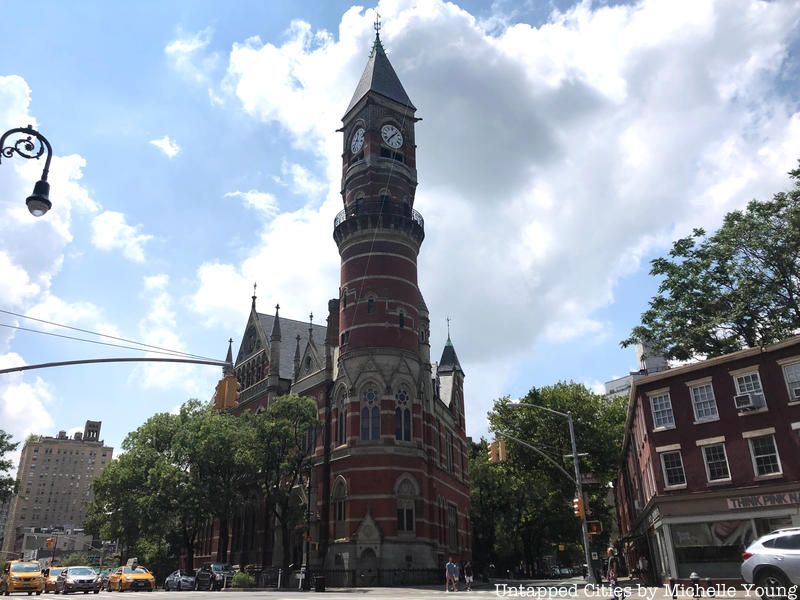
The Jefferson Market Library in Greenwich Village was originally built as the Third Judicial District Courthouse, designed by architect Frederick Clarke Withers of Vaux and Withers. The courthouse was equipped with a market and its own prison, which was originally a coed institution. Historically, the courthouse was used to hear trials concerning women, including in 1909 when members of the Triangle Shirtwaist Company were tried in night court to deter female workers from striking. In 1927, the court was reserved solely for women’s trials. By 1929, both the market and coed prison were torn down, and were replaced by the Women’s House of Detention. In 1945, the building was no longer used as a courthouse, and the prison was decommissioned in 1973, subsequently replaced by a community garden.
Today, the Jefferson Market Library is one of the historic places you can legally climb up in NYC.
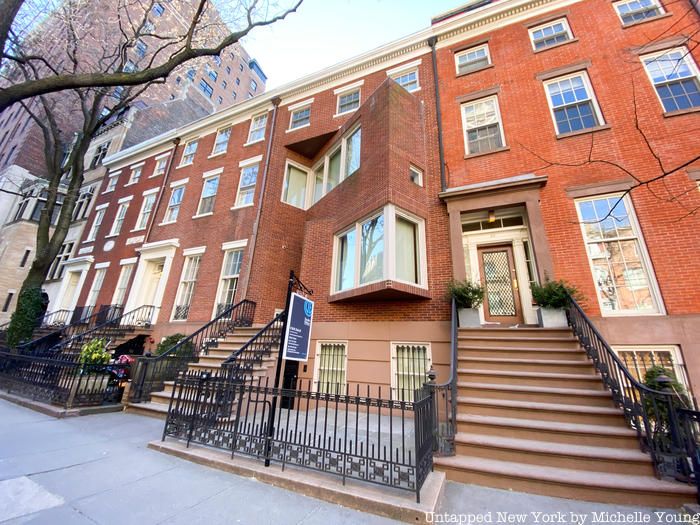
Anyone who has passed by 18 West 11th Street has probably wondered about the unique construction of the building. The strangely angled building is the result of the Weathermen Townhouse Explosion that took place on March 6, 1970. The individuals responsible were part of the Weather Underground Organization, also known the Weathermen. They were a radical left militant group that started in Michigan, and their ultimate goal was to overthrow the U.S. government. Weathermen members were assembling nail bombs in the basement of the building to set off at a dance at the Fort Dix, New Jersey army base, when a bomb accidentally exploded and killed two members of the group. Dustin Hoffman and his wife were living in the house next to 18th West 11th Street at the time of the explosion.
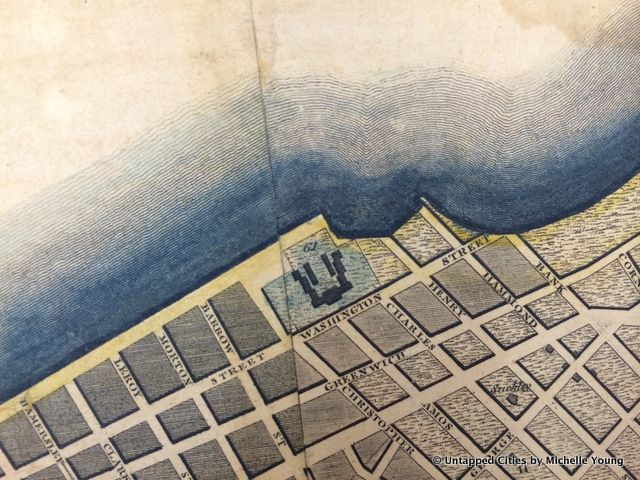 From the Commissioners Grid for NYC
From the Commissioners Grid for NYC
Between Christopher Street and Charles Street there was once a prison complex called Newgate Prison, the first prison complex in New York State. Newgate was not its official name, but it was referred to colloquially after the prison of the same name in London. In contrast to its predecessor, Newgate was influenced by the ideals of social reformers, who turned it into a house of corrections. It stood there from 1796 to 1829, when the city sold the land and relocated the prison to Sing Sing. The street grid has since been extended and the shoreline further filled in. Originally, the penitentiary had its own wharf.
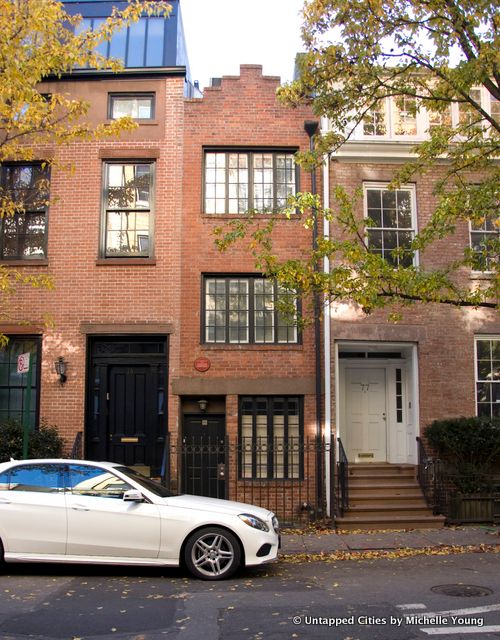
Of Manhattan’s five narrowest houses, the narrowest of them all is at 75 ½ Bedford Street. The 9½ foot-width building is the former home of writer Edna St. Vincent Millay, occupying a whole 999 square feet. It was most recently sold in 2013 for $3.25 million, with the new owner making many upgrades (seen in this video). Real estate website Zillow now estimates the building’s value at $7.35 million.
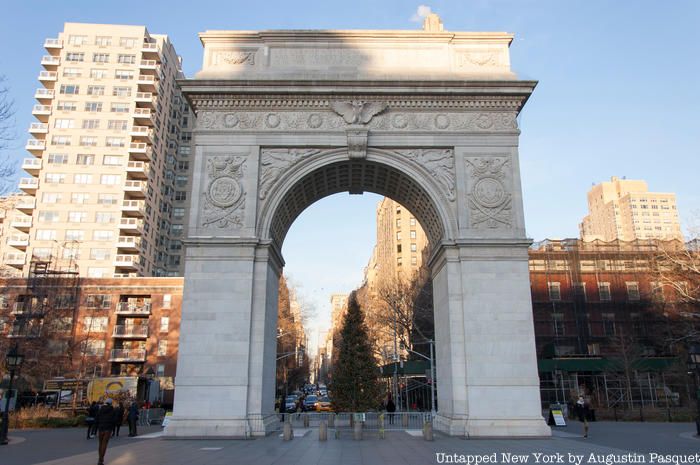
There are so many secrets of the Washington Square Park arch, we have a whole article about it. But among the highlights – the arch was not the first in Washington Square (there was a temporary one first), you can go inside the arch, and Marcel Duchamp and other Dadaists once proclaimed the arch an independent republic.
Next, read about the Secrets of Washington Square Park. Connect with the author @jen_bagcal
Subscribe to our newsletter